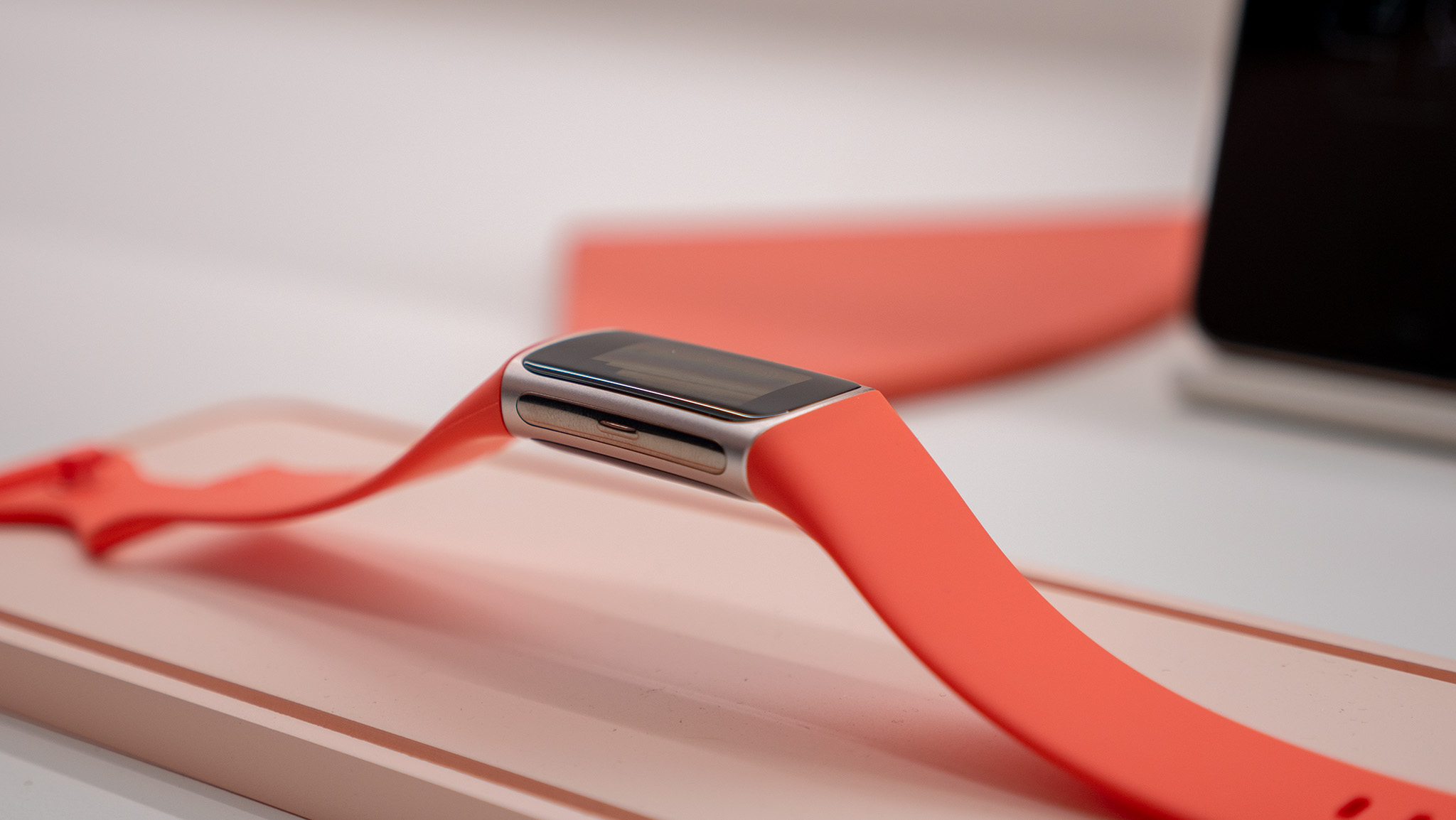Qualcomm to integrate multi-gigabyte WiGig technology in Snapdragon 810

Qualcomm's latest acquisition has the potential to change the way we consume data on mobile devices. The chipset vendor announced yesterday that it has acquired Wilocity, a company specializing in advanced Wi-Fi technologies like the IEEE 802.11ad standard, which is referred to as WiGig.
WiGig works on the 60GHz band, which brings multi-gigabit speeds to mobile devices. In comparison, the Wi-Fi 802.11ac standard that is currently being implemented supports theoretical bandwidth of 1 Gbit/sec. Along with much greater bandwidth, WiGig brings better power efficiency and significant capacity improvements.
Qualcomm is set to begin integrating this standard into its upcoming hardware, and has mentioned that that the Snapdragon 810 would be the first SoC to feature tri-band connectivity, which includes the traditional 2.4GHz and 5GHz bands along with the 60GHz WiGig frequency band. Qualcomm says that by integration the 60GHz band, users will have the ability to undertake high capacity tasks like 4K video streaming, peer-to-peer content sharing, networking, wireless docking, and backing up entire media libraries in seconds.
With the WiGig standard, Qualcomm is pushing for near-instantaneous connection to the cloud via Wi-Fi and mentions that such a technology would serve to offload cellular traffic data in the near future. The move to integrate the 60 Ghz band ahead of other vendors like MediaTek, Samsung, Intel, Broadcom and others is sure to give Qualcomm a noticeable headstart, as other vendors are still looking to inculcate the 5 GHz band into their SoCs.
To know more about the technology, check out WiGig's official page that details the standard at Wi-Fi.org. As to when we'll see this technology in consumer devices, Qualcomm has previously said the first Snapdragon 810 products are expected to ship mid-2015.
Source: Qualcomm
Get the latest news from Android Central, your trusted companion in the world of Android

Harish Jonnalagadda is Android Central's Senior Editor overseeing mobile coverage. In his current role, he leads the site's coverage of Chinese phone brands, networking products, and AV gear. He has been testing phones for over a decade, and has extensive experience in mobile hardware and the global semiconductor industry. Contact him on Twitter at @chunkynerd.
